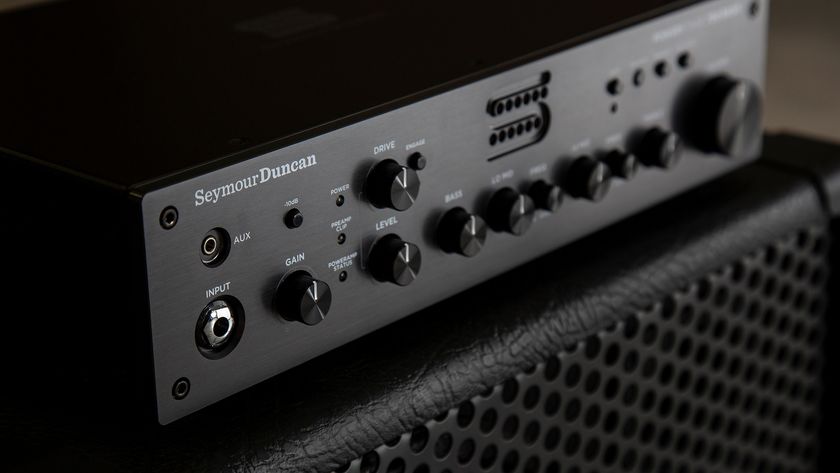Review: Decibel Eleven Pedal Pallette

The following content is related to the November 2013 issue of Guitar World. For the full range of interviews, features, tabs and more, pick up the new issue on newsstands now, or in our online store.
The more pedals that end up in your rig, the sooner you realize that you need a better way to control them than simply connecting everything together in a continuous chain. A true-bypass loop-/pedal-switching system is a helpful solution that cleans up and preserves your guitar’s tone by keeping unused pedals out of the signal path until they’re engaged.
While Decibel Eleven’s Pedal Palette looks similar to various other loop-bypass switchers currently available, it differs quite significantly from the competition by offering several useful advantages, including its ability to swap pedal order and perform parallel and series processing, features that users can assign to any effect of its four loops.
Features
The Decibel Eleven Pedal Palette is a sophisticated, professional-quality loop-bypass switcher featuring four pedal effect loops with true-relay (hardwire/mechanical) bypassing. The unit has master input and output 1/4-inch mono jacks, and each loop has its own 1/4-inch send and return jacks. There’s also a tuner output that sends the unprocessed guitar signal directly to a tuner, and MIDI in and out jacks are provided for selecting external processor presets or using an external controller to select any of the Pedal Palette’s 128 presets.
The top panel has two rows of footswitches. The lower row has four footswitches that allow users to engage individual loops in Direct mode or select any one of four presets in a bank in Preset mode. The upper row has three footswitches that are used for either swapping the order of pedals in Direct mode or selecting banks and engaging the master bypass in Preset mode. Each loop has its own switch for selecting Series or Parallel modes, a level control and a phase-invert switch. In/out switches for a buffer circuit and a tails function to allow delay and reverb tails to continue after a loop is switched off are located in the upper-right corner. The tails function is assignable to each loop individually.
Performance
Although the Pedal Palette provides very sophisticated routing and output capabilities, it’s as easy to use as a basic loop switcher. All seven footswitches are positioned with plenty of room between them to prevent accidental switching, and the various indicators and bank LEDs are visible in any environment, from dark indoor venues to sun-washed outdoor stages. The status of each loop on/off footswitch and swap setting in Direct mode can be saved as a preset with the store/edit button, allowing users to access entirely different effects and loop-routing orders with a single stomp on a footswitch in Preset mode.
Although the Parallel/Series mode settings are not saved in presets, it takes only a second to flip the mode selection switch. Parallel processing enables the creation of many useful and unusual effects, textures and colors, such as simultaneous clean and distorted tones from a single guitar, dry guitar blended with reverb (like the left-dry/right-reverb mix on the first Van Halen album), or compression blended with dry guitar, which produces a stunning blend of dynamics and sustain. Parallel signals are routed to the Pedal Palette’s internal mix circuit, but users can dial in their preferred blend with the individual level controls for each loop.
Get The Pick Newsletter
All the latest guitar news, interviews, lessons, reviews, deals and more, direct to your inbox!
Being able to select eight different configurations of effect pedal routing is a revelation. For example, guitarists can instantly switch between the very different textures and response of placing a fuzz box before or after a wah pedal, or they can place a pitch shifter after a delay or reverb for unusual tones and textures. The Pedal Palette’s parallel processing, swappable effects order and preset memory provide stomp box users with the advanced creative flexibility of a multieffect processor.
Street Price $399
Manufacturer Decibel Eleven, decibel11.com
Cheat Sheet
Three swap footswitches instantly change the order of loops 1 and 2, 3 and 4, and 1/2 and 3/4, providing eight options for effect routing.
Parallel-processing modes for each loop allow guitarists to blend separate effects through the internal mixer to create unusual textures or blend dynamics with compression, reverb and more.
The Bottom Line
With its swappable effects order and parallel-processing capabilities, the Decibel Eleven Pedal Palette transforms a simple four-loop effect setup into a sophisticated multieffect processor.
Chris is the co-author of Eruption - Conversations with Eddie Van Halen. He is a 40-year music industry veteran who started at Boardwalk Entertainment (Joan Jett, Night Ranger) and Roland US before becoming a guitar journalist in 1991. He has interviewed more than 600 artists, written more than 1,400 product reviews and contributed to Jeff Beck’s Beck 01: Hot Rods and Rock & Roll and Eric Clapton’s Six String Stories.
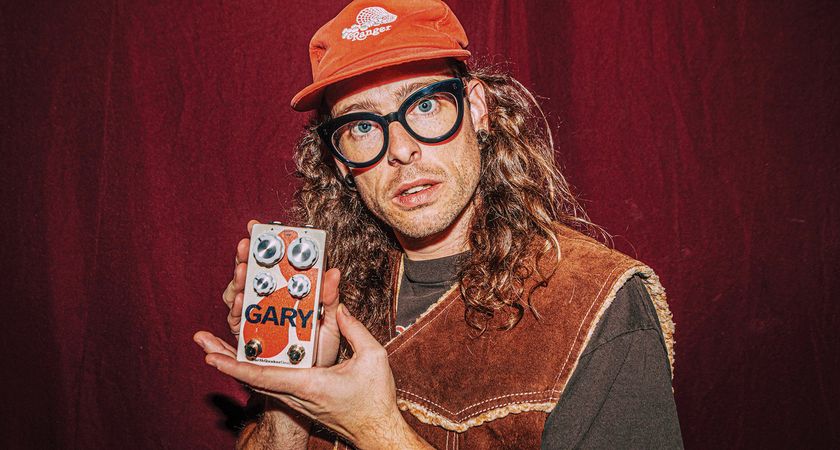
“If your taste in fuzz leans toward the extreme, Gary has the personality to remain your lifelong best friend”: EarthQuaker Devices Gary review
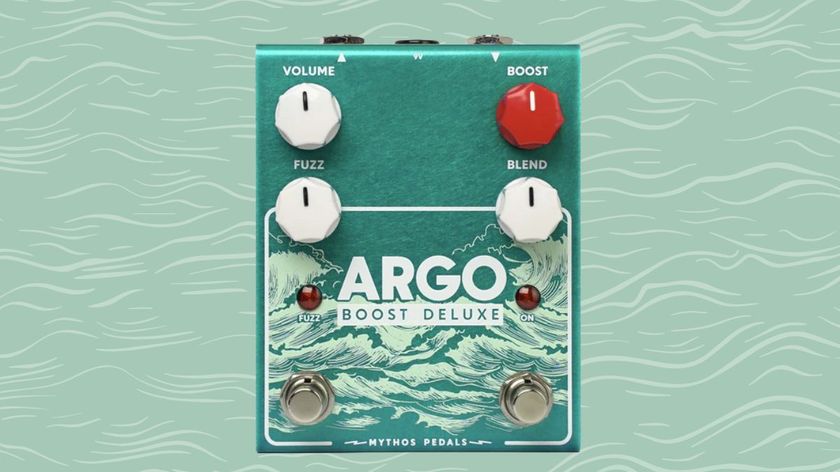
“All of a sudden, my occasional-use pedal has gone to something that can live on the ’board”: That Pedal Show’s Mick Taylor sparks inspired change that sees the Argo Boost Deluxe serve octave fuzz and boost tones in one unit

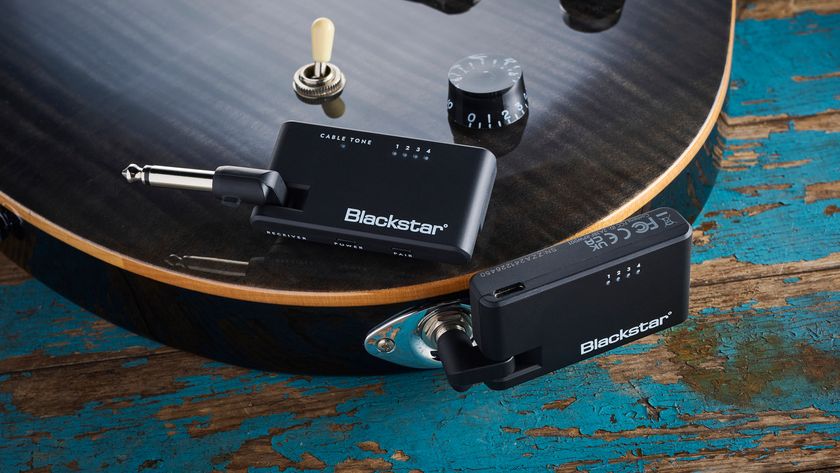
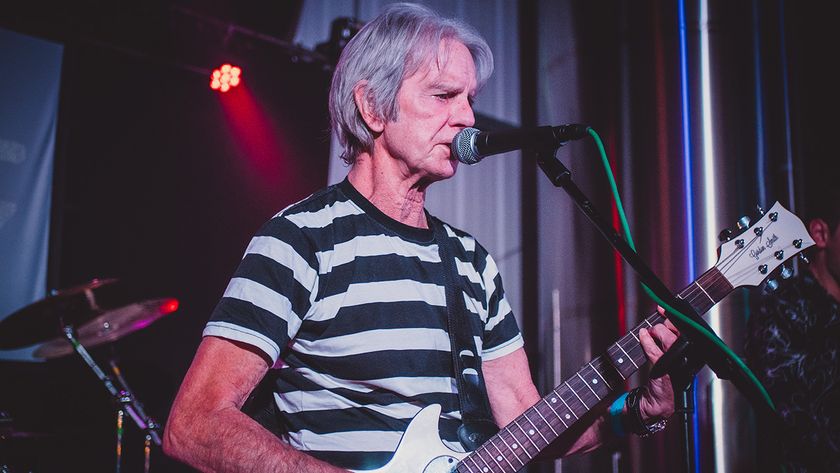
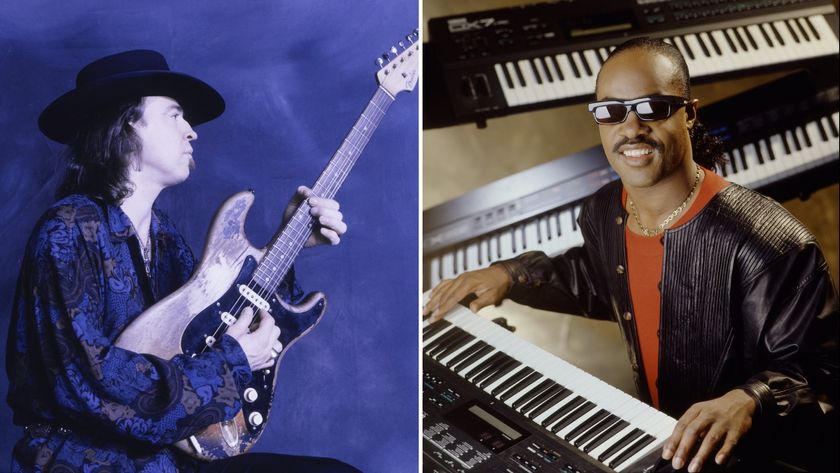
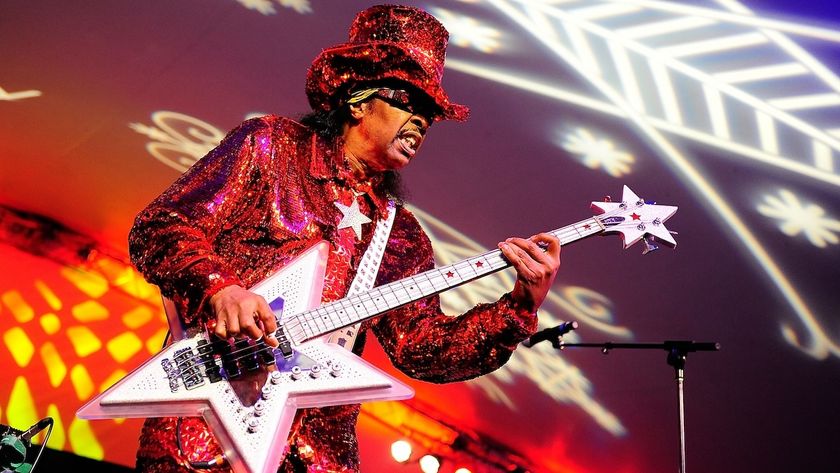


![[L-R] George Harrison, Aashish Khan and John Barham collaborate in the studio](https://cdn.mos.cms.futurecdn.net/VANJajEM56nLiJATg4P5Po-840-80.jpg)
